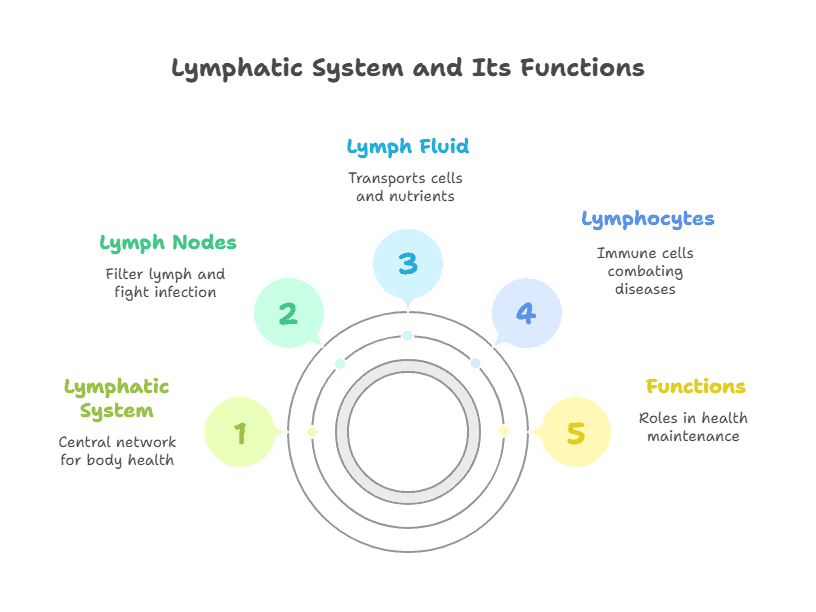The lymphatic system is a vital part of the body’s immune system, helping to protect against infections and diseases. It is a network of organs, tissues, and vessels that work together to transport a clear fluid called lymph throughout the body. Lymph contains white blood cells that help fight off infections and remove waste products from the body.
Lymph Nodes
Lymph nodes are small, bean-shaped structures that act as filters for the lymph fluid. They are found throughout the body, with clusters in areas like the neck, armpits, and groin. Lymph nodes contain immune cells that help to fight off infections by trapping and destroying bacteria and viruses.
Spleen
The spleen is the largest lymphatic organ in the body and is located in the upper left side of the abdomen. It plays a crucial role in filtering blood, removing old or damaged red blood cells, and producing immune cells. The spleen also stores blood cells and helps to fight infections.
Thymus
The thymus is a small organ located behind the breastbone and plays a key role in the development of the immune system. It is responsible for producing T-cells, which are essential for fighting off infections and diseases. The thymus is most active during childhood and gradually decreases in size as we age.
Tonsils and Adenoids
The tonsils and adenoids are small masses of lymph tissue located in the throat. They help to trap bacteria and viruses that enter the body through the mouth and nose, preventing them from causing infections. The tonsils and adenoids also produce antibodies that help to fight off infections.
Summary
In summary, the lymphatic system is a complex network of organs and structures that work together to help protect the body against infections and diseases. Lymph nodes act as filters for the lymph fluid, while the spleen filters blood and produces immune cells. The thymus plays a crucial role in developing the immune system, and the tonsils and adenoids help to trap and fight off infections. Understanding the lymphatic system and its organs and structures is essential for maintaining a healthy immune system and overall well-being.
Key Takeaways:
- The lymphatic system aids in the body’s immune response by filtering and removing toxins, waste, and other harmful substances from the body.
- Key organs of the lymphatic system include the lymph nodes, spleen, thymus, tonsils, and bone marrow.
- Lymph nodes are small, bean-shaped structures that contain immune cells and filter lymph fluid.
- The spleen acts as a reservoir for blood, helps filter out old or damaged blood cells, and produces antibodies to fight infection.
- The thymus is responsible for the maturation and development of T cells, a type of white blood cell that plays a crucial role in the immune response.
- Tonsils are lymphatic tissues located in the throat that help trap and fight off bacteria and viruses entering the body through the mouth and nose.
- Bone marrow produces white blood cells, red blood cells, and platelets, which are essential for immune function and overall health.
Key Terms:
- Lymphatic System: A network of vessels and organs that help the body rid itself of toxins, waste, and other unwanted materials.
- Lymph Nodes: Small, bean-shaped structures that filter lymph and store white blood cells to help fight infections.
- Spleen: An organ located in the upper left part of the abdomen that helps filter blood and stores white blood cells.
- Thymus: A gland located in the chest that helps produce and mature white blood cells called T-lymphocytes.
- Tonsils: Small masses of tissue located at the back of the throat that help trap and filter bacteria and other pathogens.
- Peyer’s Patches: Small masses of lymphatic tissue located in the small intestine that help protect against harmful bacteria and other pathogens.
- Appendix: A small organ located near the junction of the small and large intestine that may play a role in immune function.
